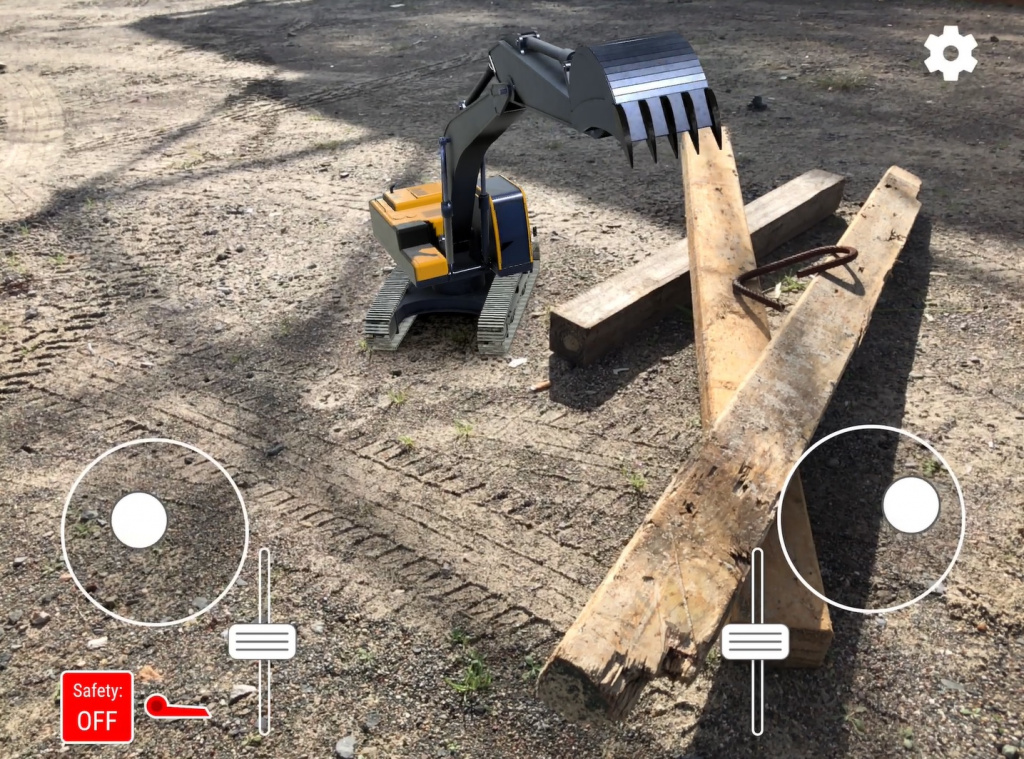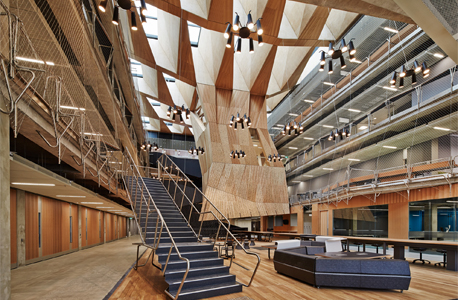
Digital twin technology set to “transform the industry quicker than ever before” says UNSW expert.
Digital twin technology set to “transform the industry quicker than ever before” says UNSW expert.
Share
The digital twin is the next frontier of construction management, a University of New South Wales expert says.
“A digital twin is a digital replica of a physical entity utilising the internet of things enabling two-way communications between them,” says Dr Samad Sepasgozar from UNSW Built Environment.
The idea is that for every physical item in the world, there could be a virtual replica with which it connects, housed in the cloud, collecting vital data on the physical item’s performance in real time.
Digital twinning might easily be confused with Building Information Modelling (BIM) but unlike this previous technology, the digital twin also enables users to control equipment. This will allow job-site consturction tasks to be completed remotely, a capability that will have new salience after the disruption caused by the COVID-19 pandemic.
“At the strategic level, the digital twin is a new game-changing approach to construction automation…that will transform the industry quicker than ever before,” forecasts Dr Sepasgozar.
Dr Sepasgozar is currently developing a digital twin of an excavator, enabling improved diagnostics and analytics of the digging equipment’s performance.

As he explains, “the digital twin and the physical excavator can communicate with each other, in real time. All the changes applied to one are applied to the other”.
“For example, you can command the physical equipment and communicate with it [remotely]. On the other hand, the physical object will communicate with you so you can examine its performance, condition and productivity.” he says.
“So you can learn through data how to increase productivity by changing the operation scenarios, like the attachments of the equipment, the distance between [equipment] and the specific floor of the building, you can analyse all [this] in real time.”
One of the major safety challenges for construction management is operating the equipment safely, and controlling its downtime,
From students who have no on-site experience to site managers well into their career, the digital twin can teach them how to evaluate hazards from a safe distance and may remove the need to be present on-site altogether.
“So, for example, if the operator is not experienced enough, you can use the digital twin from your office, and then you can command and operate the excavator remotely,” explains Dr Sepasgozar.
“It’s an online app on smartphones, so it’s much easier to use than you think … in terms of visualisation, in terms of controlling or using it – it is much easier than any previous digital automation technologies.”
A digital twin could also be scalable to an entire construction site and facilitate simulation training exercises virtually to better prepare construction workers for the potentially life-threatening situations they may encounter.
Digital twins will also help to make the construction industry more equitable and accessible for smaller players by giving them a platform.
“Most previous technologies, like Building Information Modelling (BIM), are implemented by bigger guys in the industry. But here we are talking about smaller stakeholders, people on the ground level, family businesses, the subcontractors such as excavation contractors,” says Dr Sepasgozar.
“Everyone can participate in the data generation, and of course, the sharing platform will be richer, and that can be more useful to the construction companies and the community as a whole in terms of sharing data.”
ADR has been closely tracking visualization disruptions to the A&D industry. Fologram’s recent experiment with HoloLens technology for the construction of part of the Royal Hobart Hospital married traditional contracting and augmented reality. Watch the construction process here.
You Might also Like

















